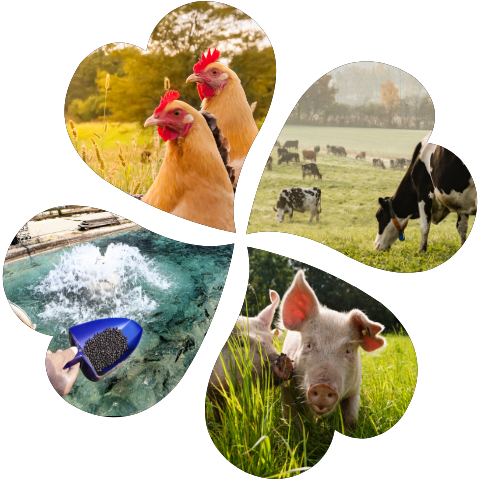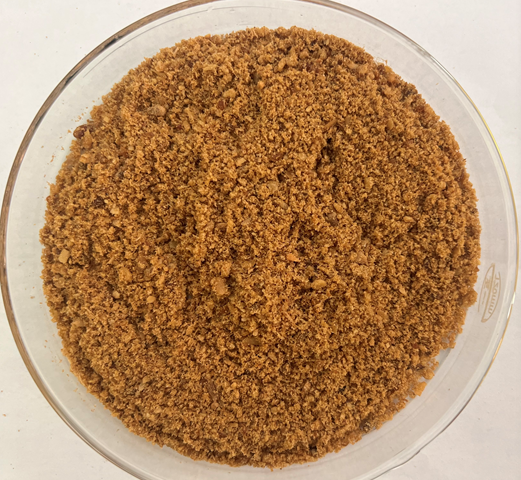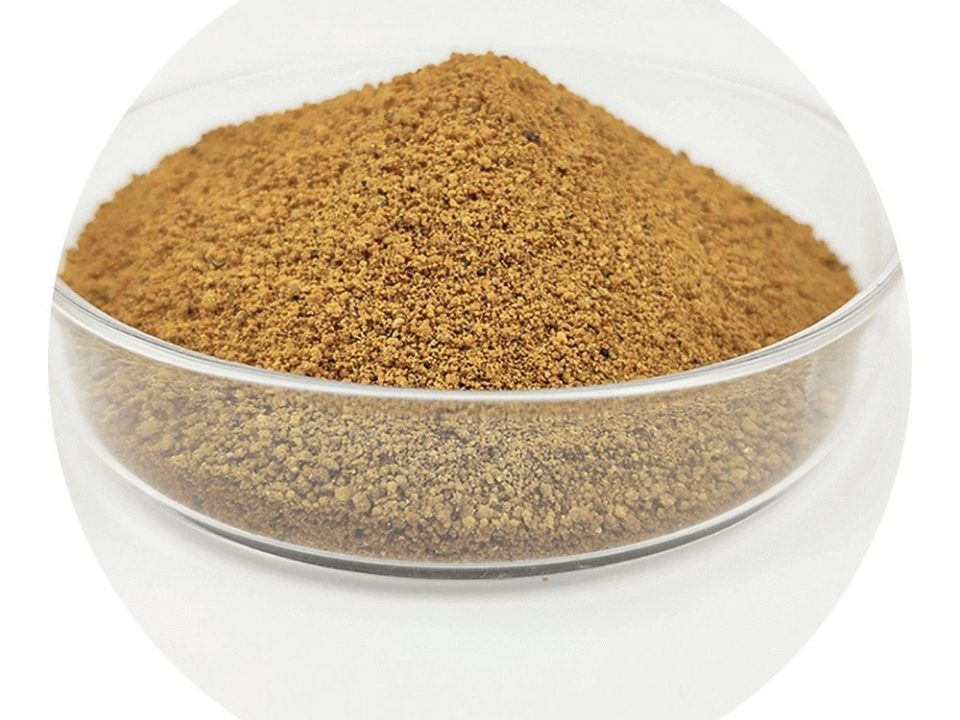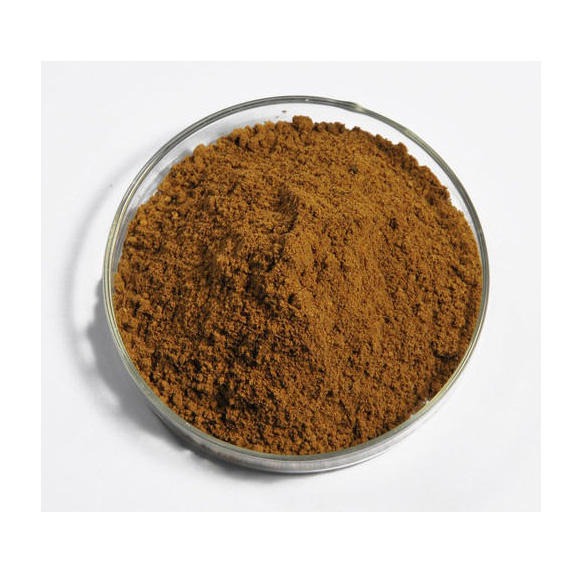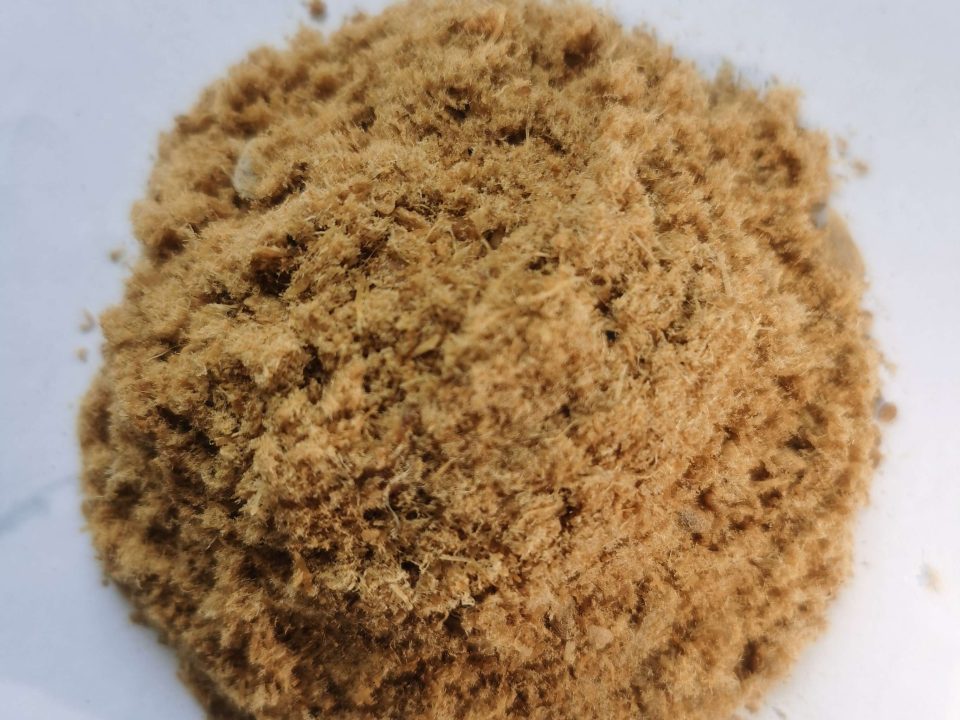The Three Stages of the History of Oregano as a Feed Additive

Definitive Study Establishes New Recommended Levels of Phosphorus and Calcium for Pigs
July 12, 2022
Three Tips for the Feed Additive Industry from KDLFEED
July 18, 2022Stage 1: The Test
In early 2002, a team of researchers published a study claiming that oregano had beneficial effects when used as a feed additive for poultry. The team was based at the Laboratory of Nutrition, Thessaloniki, Greece, and announced their claims via the US National Library of Medicine’s scientific review journal, stating that “…by increasing the oil of Dietary oregano…particularly at 100 mg/kg of feed [the feed additive] exerts an antioxidant effect on chicken tissues.”
Four years later, a follow-up study found that this herb had a positive effect in fighting infection. Publishing their results in the journal Archives of Animal Nutrition, the team explained how their research involved a total of 500 Cobb chickens aged 120 days. Three-quarters of which were infected with E. Tenella bacteria, while the other part remained disease-free as a control.
In the experiment, the team observed that “supplementation with dietary oil of oregano resulted in body weight gains and feed conversion ratios that do not differ from the uninfected group, but are higher than those of the infected control group.” .
This means that the chickens that were fed oregano as a feed additive were just as healthy as the uninfected birds. Those who were infected and only received regular feedings were smaller and less healthy.
An even more recent 2005 study, published in the industry journal British Poultry Science, found that, “…dietary oregano improved feed conversion efficiency in early-maturing female turkeys, with the least inclusion of oregano ( 1.25 g/kg) giving better feed profitability. Therefore, dried oregano leaves can be used as a natural herbal growth promoter for early maturing turkeys.”
However, despite this early understanding of oregano’s benefits, its use did not become widespread until a few years ago.
Stage 2: The Practice
In 2013, a comprehensive report on the subject was published in the Progressive Diaryman cattle journal, which found that oregano had been shown to be an effective biological agent against infection. The report noted that tests on oregano essential oil had “inhibited 19 of 25 bacterial strains investigated, showed good efficacy against four strains, and only had to admit defeat in two cases. Oregano is therefore considered a bacteria killer.” natural broad spectrum.
Even more promising for farmers is that “the advantage of oregano compared to other compounds is the relatively low effective dose and the neutral taste of meat, milk and eggs.”
The report goes on to explain how oregano as a feed additive had a wide range of proven benefits, including fighting respiratory illnesses, stimulating appetite, increasing intestinal stability, reducing flatulence, and even relieving constipation.
In addition, the use of oregano as animal feed was found to be effective against fungal infections. As noted in the report, “Low dose [use of oregano essential oil as a food additive] is extraordinary for fungal control: the dose required to kill 99.9 percent of Candida is 111 times lower than medication.” standard (calcium, magnesium, caprylate). In other cases, a concentration of 0.1 percent or 0.01 percent is already enough to kill 90 percent of Candida.” Furthermore, “Although some restrictions may apply, laboratory values can generally be transferred to practical use in livestock farming.”
The animal health benefits of using oregano in feed are supported by research by Janet Garman, an expert in natural farming methods. Reporting in Timber Creek Farm magazine, she claims that. “Oregano, along with probiotic foods, leads to healthy intestinal enzymes and gut flora. Oregano replaces the use of antibiotics in cattle when fed in combination with probiotics and sanitary living conditions. Feeding fresh or dried oregano or the more concentrated oil of oregano consistently has been shown to keep bacteria and disease caused by parasites away. Also, feeding oregano or oregano oil helps the animal’s intestines recover and heal from disease.”
As an added bonus, oregano has also been found to reduce livestock’s methane production, making them more environmentally friendly and healthier for ozone.
As the British newspaper The Independent reported, “Researchers at the University of Arhus in Denmark believe they could help solve the problem [of global greenhouse gas emissions] simply by feeding oregano to cattle.”
With lead researcher Kai Grevson stating that “Oregano has essential oils with a mild antimicrobial called carvacrol, which can kill some of the bacteria in the cow’s rumen that produce methane.”
Stage 3: The Profit
Slowly but surely, a number of small businesses are starting to see a profit from selling oregano as a feed additive. As industry feed journal Feed Navigator reported in September 2017, noting that Anpario, the specialist feed additive supplier, is “looking to break the UK egg market with an oregano additive trial” . Adding that the company, “…looks forward to collecting more data on its gut health oregano-based feed additive as it boosts its presence in the UK coating sector.”
Germany-based Dostofarm has been around since 1999, but is only now starting to gain traction in the market as “The Oregano People” brand. Meanwhile, in America, supplier of natural feed additives, Durvet, has grown from a small ‘man and van’ operation in 1970, to having “$169 million in annual sales, while each year its 21 shareholders and distributors independents sell more than $1 billion of animal health and agriculture products.” Although oregano makes up only a small part of any individual product.
Obviously, the list of commercial suppliers of oregano for use as a feed additive is still relatively short. In fact, no one knows for sure why oregano as a feed additive is not used more widely. Perhaps the discovery is still too new. Perhaps the thought of such a simple and natural remedy is simply not credible. Manufacturers of other feed additives may speak too loudly for the benefits of oregano to be heard.
But if oregano’s list of benefits is so long, why aren’t more feed manufacturers requesting it as a feed additive? In fact, why aren’t we taking it ourselves?
Maybe in time we will. As fears about the overuse of antibiotics continue to grow, perhaps now oregano will begin to be actively used as a feed additive. But who will be the feed manufacturer to take the bold step of being first, and what will oregano’s fourth stage look like as a feed additive story?


